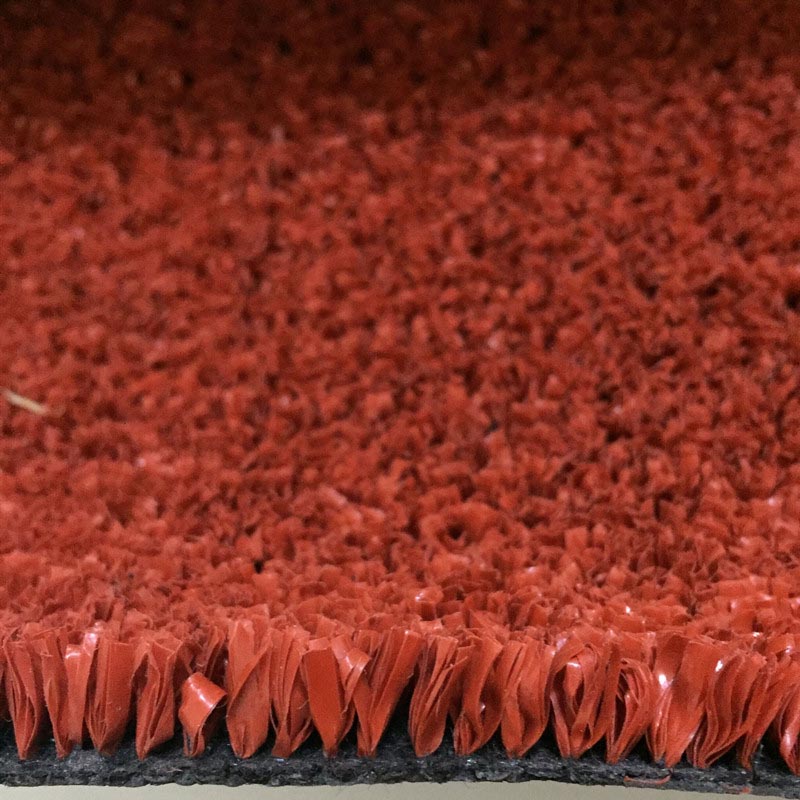When it comes to the world of sports, innovation plays a crucial role in enhancing the overall experience for both athletes and fans. In recent years, the introduction of artificial tennis grass has sparked a significant shift in the world of tennis. This game-changing technology has not only revolutionized the way tennis is played but has also brought about a wave of benefits for players, spectators, and venue owners alike.
One of the most compelling aspects of artificial tennis grass is its resilience and ability to withstand various weather conditions. Unlike natural grass, which requires meticulous maintenance and is prone to wear and tear, artificial grass offers a consistent playing surface throughout the year. This means that players can enjoy a uniform bounce and speed, regardless of the season or climate. Additionally, the durability of artificial grass minimizes the need for frequent replacements, resulting in cost savings for tennis facilities. The reliability and low maintenance requirements of artificial tennis grass have positioned it as a game-changer in the industry.
Beyond its practical advantages, artificial tennis grass also presents environmental benefits that cannot be overlooked. With water conservation becoming an increasingly critical issue, the installation of artificial grass eliminates the need for excessive watering to maintain a lush playing surface. This not only reduces water consumption but also minimizes the reliance on harmful pesticides and fertilizers, promoting a more eco-friendly approach to tennis court maintenance. As the world shifts towards sustainable practices, the adoption of artificial tennis grass aligns with the global movement towards environmental responsibility within the sports industry.


Moreover, the introduction of artificial tennis grass has opened up new possibilities for tennis venues and communities. Traditionally, natural grass courts were limited to specific geographic regions with suitable climate conditions. However, with the versatility of artificial grass, tennis facilities can now be established in diverse locations, including urban areas and regions with challenging weather patterns. This expansion of tennis infrastructure not only promotes accessibility for players but also contributes to the growth of the sport on a global scale. The adaptability of artificial tennis grass has transcended geographical constraints, paving the way for a more inclusive and dynamic tennis landscape.
The advent of artificial tennis grass has undoubtedly reshaped the traditional norms of the sport, ushering in an era of innovation and progress. Its durability, environmental sustainability, and inclusive nature have positioned it as a formidable force in the world of tennis. As we look towards the future of sports, it is evident that artificial tennis grass will continue to play a pivotal role in enhancing the playing experience, expanding accessibility, and championing sustainable practices. It is not merely a surface; it is a testament to the transformative power of technology in sports.

 English
English Español
Español











